MITHRA is a three-year cooperation project between three European museums: the Royal Museum of Mariemont (Belgium), the Museum of Saint-Raymond in Toulouse (France) and the Archaeological Museum of Frankfurt (Germany). It is funded by the Creative Europe programme of the European Union.
This project creates the first exhibition dedicated to Mithras, one of the most fascinating deities in Ancient Rome, a god of Persian origins who generated an immensely popular cult, as evidenced by more than 150 sanctuaries uncovered all over Europe, from Scotland to North Africa, from Syria to Spain.
The objective is to increase public understanding of this significant piece of European heritage from Roman Antiquity and connect European cultural operators, scholars and technical partners around the topic. The resulting innovative exhibition is set to be presented in Belgium, France and Germany between 2021 and 2023.
The scientific and cultural network developed as part of this project is to disseminate the latest research and explore little-known aspects of the Mithraic cult – such as religious behaviours, development of local and global identities, and migration – which resonate in today’s Europe and support the notion of shared heritage and values and the ever-changing nature of cultures and religions.
Today, most European archaeological museums hold Mithraic artefacts in their collections. Yet, outside museum professionals and academics, little is known about this cult(s) system of beliefs, worshipping and rich iconography.
Mapping of the Mithraic artefacts featured in the exhibitions
Private collection, Clifford Thring
Museu Nacional de Arqueologia

Museo Nacional de Arte Romano
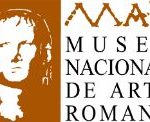
Rome, Academia Belgica

St. Albans, Verulamium Museum

Deva Muzeum

Sibiu, National Museum Brukenthal

Cluj, Muzeul National de Istorie a Transilvaniei

Sarajevo, Zemaljski Muzej Bosne i Hercegovine

Split, Arheološki Muzej
Zagreb, Arheoloski Muzej

Budapest, Magyar Nemzeti Múzeum

Klagenfurt, Landesmuseum Kärnten
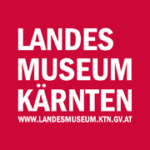
Leiden, Rijksmuseum
Amsterdam, Allard Pierson Museum

Hambourg, collection privée Skoluda
Bad Homburg, Römerkastell Saalburg

Dieburg, Museum Schloss Fechenbach

Güglingen, Römermuseum
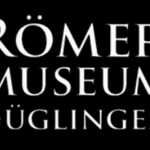
Ladenburg, Lobdengau Museum

Konstanz, Archäologisches Landesmuseum Baden-Württemberg
Stuttgart, Landesmuseum Württemberg

München, Archäologisches Staatssammlung
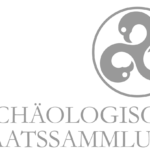
Speyer, Historisches Museum der Pfalz

Karlsruhe, Badisches Landesmuseum
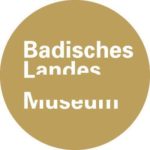
Köln, Römisch-Germanisches Museum
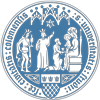
Trier, Rheinisches Landesmuseum
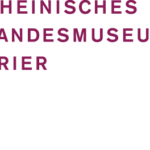
Frankfurt am Main, Archäologisches Museum

Bordeaux, Musée d’Aquitaine
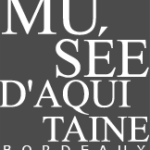
Strasbourg, Musée archéologique

Douai, Musée-Parc archéologique Arkéos
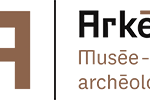
St Germain-en-Laye, Musée des Antiquités Nationales
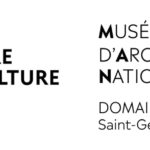
Angers, INRAP

Nice-Cimiez, Musée archéologique

Dijon, Musée archéologique

Paris, Fondation Masson

Paris, Galerie Lelong

Paris, Musée du Louvre
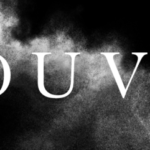
Bavay, Musée archéologique
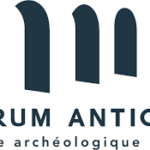
Liège, Grand Curtius
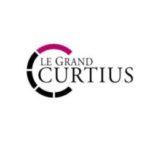
Ghent University
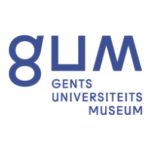
Tienen, Museum Het Toreke
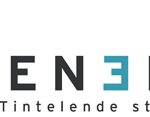
Nivelles, Musée communal d’archéologie et d’art religieux d’Amay

› Reference for the map above The New Mithraeum
› Online database of Mithraic monuments
› News about Mithras (archaeological discoveries, exhibitions, etc.)
› London Mithraeum website
› 3D models of mithraism in the Roman Empire
› 3D Modelle – Mithras-Heiligtümer